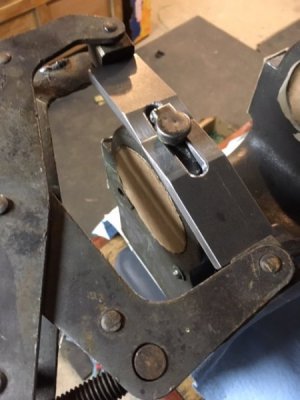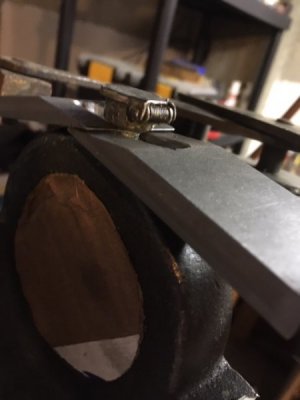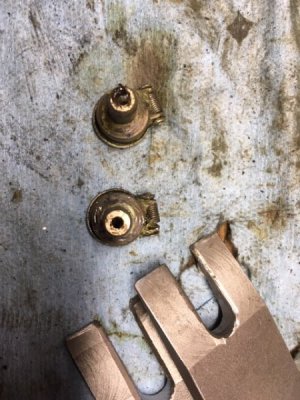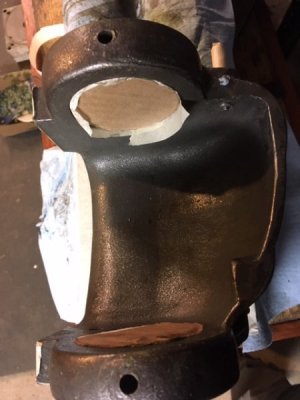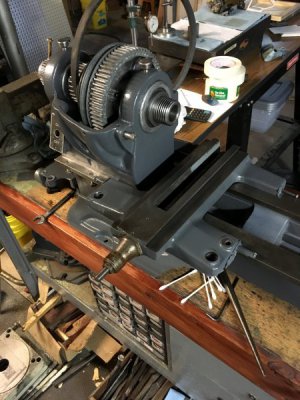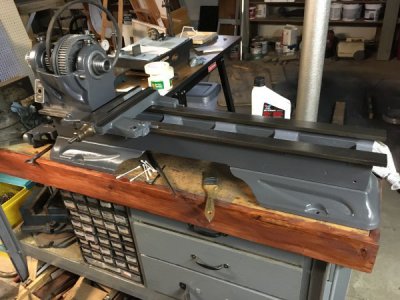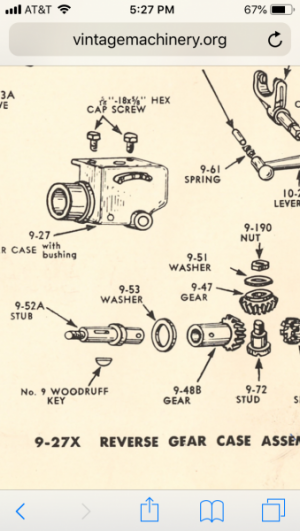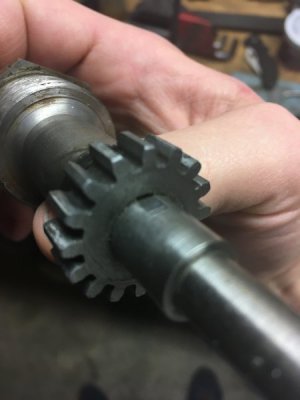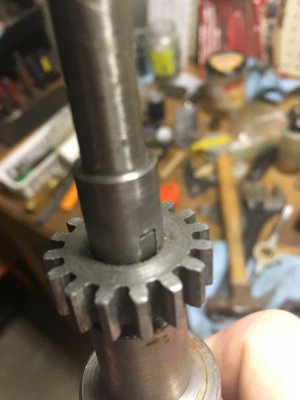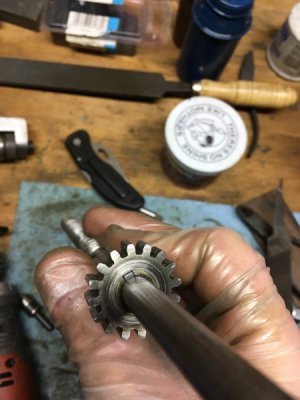- Joined
- Dec 3, 2017
- Messages
- 1,909
While Wa5cabs advice is spot on, we know there are endless ways of accomplishing a goal in this hobby. I called around locally and nobody had a thread file set. They can be ordered, but I didn’t feel like waiting.
I first found a triangle file, and slowly ran it through the entire thread by hand with light pressure. I then identified some areas of concern. I used a dremel with cut off wheel to remove an ugly, wavy, broken start thread. I keep trying the nut after every tiny clean up attempt. It would thread on to the depth of the nut minus one thread. Finally I grabbed the polish, smeared it on the nut and started working the nut off and on to where the nut would bind. Eventually the nut would travel a bit further before binding. I remembered I had some diamond paste somewhere. Cleaned out the polish, and put a minimal amount of the diamond paste on. In about thirty minutes, the nut would thread all the way to the end of the threads. Needless to say my hands and arms are beat. But, mission accomplished with no additional cost.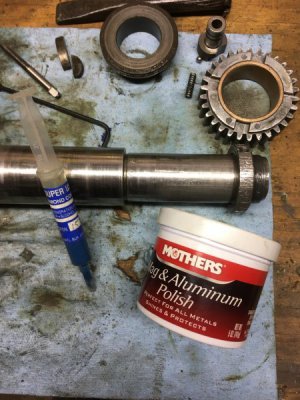
I first found a triangle file, and slowly ran it through the entire thread by hand with light pressure. I then identified some areas of concern. I used a dremel with cut off wheel to remove an ugly, wavy, broken start thread. I keep trying the nut after every tiny clean up attempt. It would thread on to the depth of the nut minus one thread. Finally I grabbed the polish, smeared it on the nut and started working the nut off and on to where the nut would bind. Eventually the nut would travel a bit further before binding. I remembered I had some diamond paste somewhere. Cleaned out the polish, and put a minimal amount of the diamond paste on. In about thirty minutes, the nut would thread all the way to the end of the threads. Needless to say my hands and arms are beat. But, mission accomplished with no additional cost.




